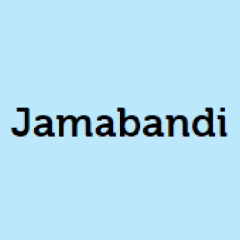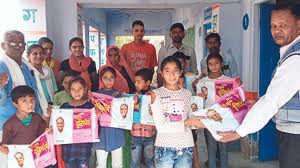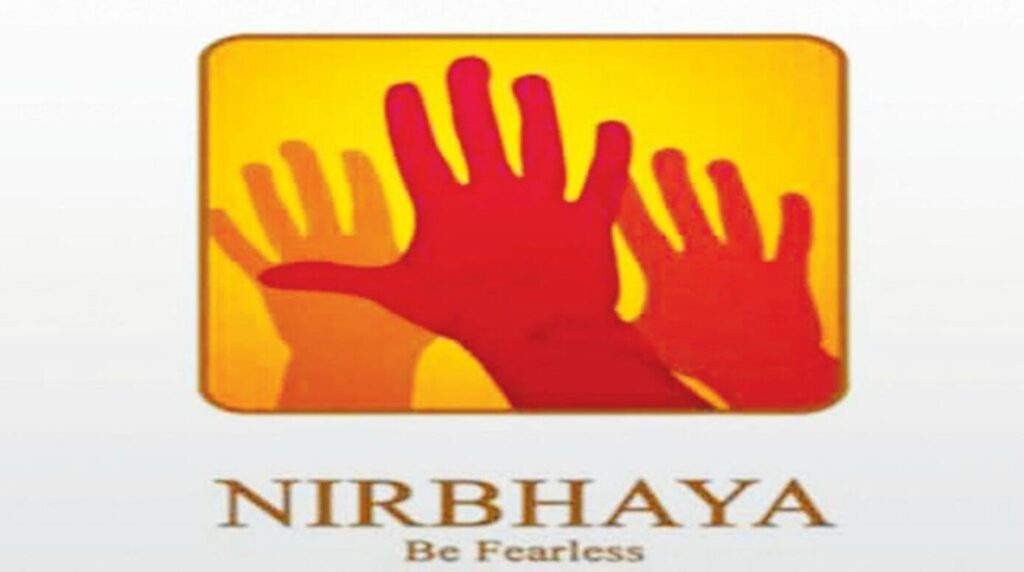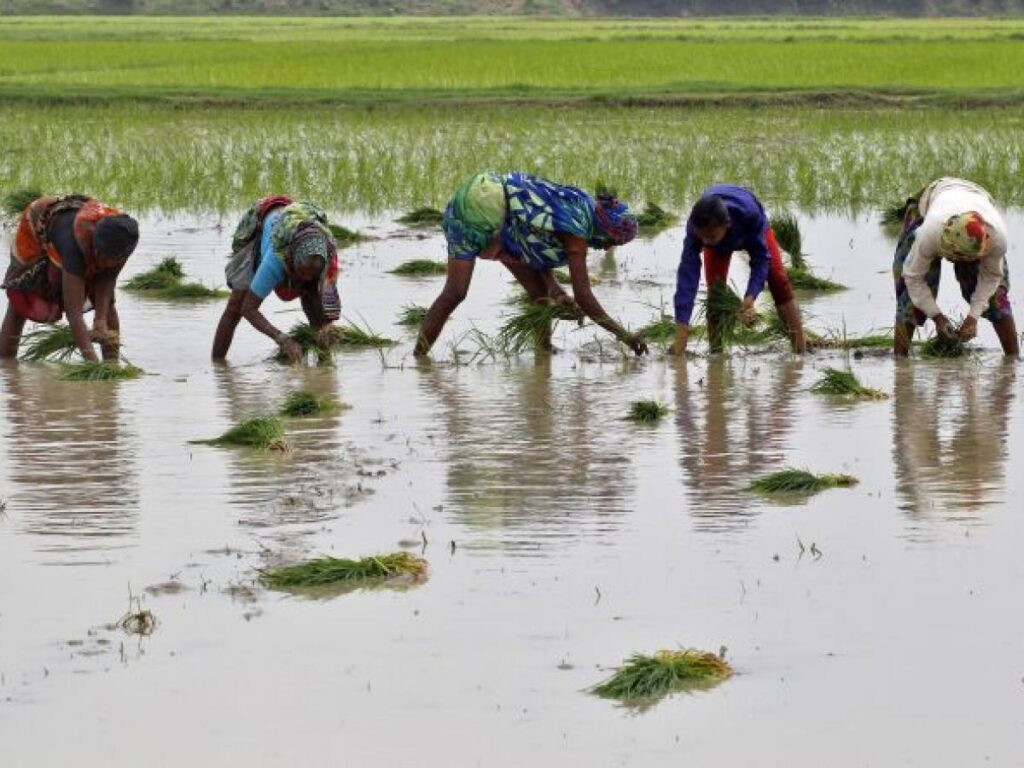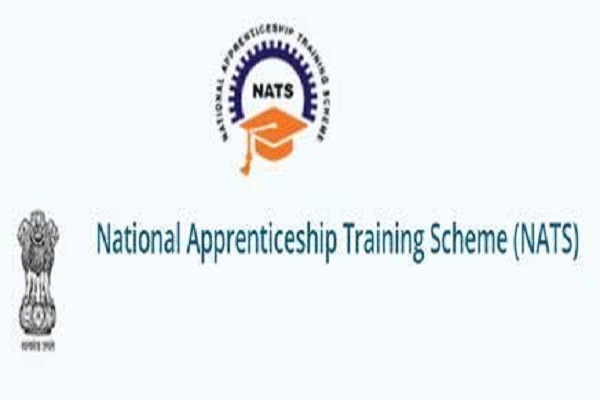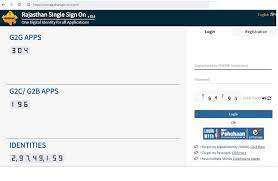Intercaste Marriage Scheme
The scheme “Dr. Savitaben Ambedkar Inter Caste Marriage Assistance Scheme” is implemented by the Director Scheduled Caste Welfare, Department of Social Justice & Empowerment, Government of Gujarat. The scheme has been implemented as part of social empowerment by addressing inequality through marriages between individuals from Scheduled Castes of Hinduism and those from castes other than Scheduled Castes of Hinduism. Under the scheme, the couple is to be provided financial assistance of ₹2,50,000/- to encourage inter-caste marriages between Scheduled Castes and other Hindus. This scheme is a centrally sponsored initiative with a 50% contribution from both the state and central governments. Benefits of Intercaste Marriage Scheme Benefits of intercaste marriage scheme are that it provides financial benefits to couples who have an intercaste marriage. The scheme also helps promote equality and tolerance amongst all persons of the community. Financial Assistance for Intercaste Marriage The Government provides one-time financial assistance of Rs.30,000 to all eligible intercaste married couples in Kerala. While receiving the amount, the couples need to sign an agreement and submit to LSGI. Financial assistance under this scheme is also for the following purposes: To start a business For purchasing land House construction Eligibility Criteria Combined family income of the couple should be less than Rs.50,000 The couple who are legally married can apply for this scheme The couple can apply for this scheme after 1 year of marriage If the couple is applying for this scheme after 3 years of marriage, the application will not be considered Documents Required Ration card Income Certificate of the couples – Original need to be submitted Intercaste marriage registration certificate (Marriage certificate) (Certificate issued by Sub Registrar’s office, Panchayat President, a certificate issued from NSS or SND can be submitted.) Caste certificate of both wife and husband Certificate proving that inter-caste married couple has been together for the past 1 year. (It can be obtained from Gazetted Officer, MLA, and MP of concern locality) Identity proof such as Voter ID card and Aadhaar card copy FAQs Is there a time limit for applying under this scheme? Applications for assistance under the scheme must be made within two years of the inter-caste marriage. Is assistance available for widowers or widows who remarry? Yes, assistance is available for widowers or widows who remarry under this scheme.
Intercaste Marriage Scheme Read More »


